Recently I was involved in a discussion regarding the advantage of distance info when using TTL/BL and direct flash .
Anyway I decided to try to explain this in an uninterrupted logical manner for those who are interested in the subject .
Ideally we avoid direct flash but there are times when we have no choice . Outdoors in daylight is a good example with nothing to bounce off and when we only want subtle fill-flash as well .
First we need to understand how they meter :
TTL doesn't care how well you have the ambient exposed , it simply tries to get an average grey in the centre of the frame ......
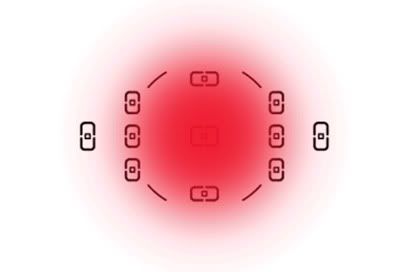
TTL/BL on the other hand is more complicated , when the flash head is pointing forward it meters quite heavily toward the distance info from the lens as well as using a different pattern to meter from , it uses the " focus point diamond '' and can select a smaller area from anywhere inside that pattern ......

With direct flash though it only uses a small portion of the pre-flash reading from this pattern .
On to the tests . First we have TTL/BL , I've underexposed the background in these pictures so we only have the flash lighting the scene .
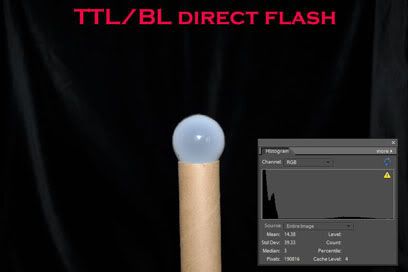
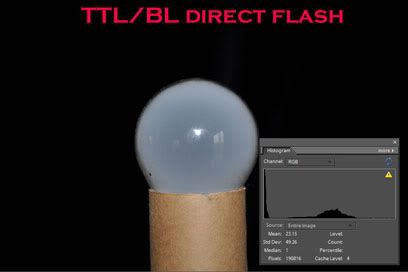
With the advantage of distance info TTL/BL does a pretty good job of maintaining a consistent exposure for the subject regardless of its size in the frame - now TTL flash .
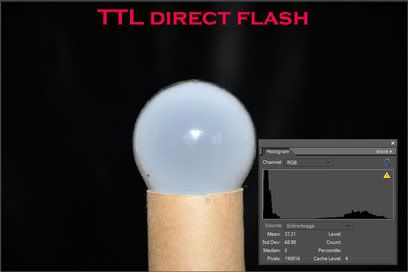

As you can see TTL doesn't know the distance , all it knows is that it wants an average grey in the centre of the frame and to illustrate this I took both of these images and applied an 'average blur' in photoshop in the centre of the frame .....
When the subject is central and fills a decent percentage of the centre of the frame it's not bad ....


But when the subject is smaller and far from the background TTL has to make that small subject really bright to get and average grey in the centre of the frame , TTL/BL does not suffer from this weakness since it knows how far away the subject is [ with direct flash only ! ]


Now we take a darker subject with a lighter background , some may say TTL flash looks better here ....
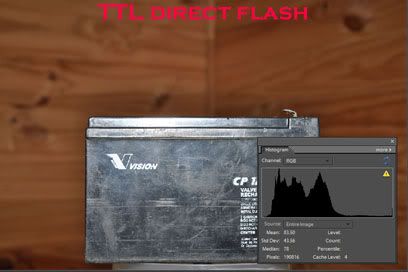

In reality TTL has fired stronger because the subject does not fill the frame and is black so it's trying to make it an average grey . The result may be more pleasing to the eyes for some but essentially the problem is not with TTL/BL flash in this case . When you are using direct flash and want to light the subject correctly you can't expect the flash to light the background correctly as well as the subject and be accurate in both cases ,though , with TTL flash , there will be the odd occasion where the results will look good with the right combination of subject colour , size , and distance from the background which is pure luck .
So the problem is not the 'car' but the 'nut that holds the steering wheel ' .
If you are using direct flash you have to make sure you expose the ambient correctly - so that is what I have done , I adjusted the shutter speed to expose the background the way I wanted it and let the flash handle the subject - in this case TTL/BL senses that the ambient is having a greater effect on the subject and backs off accordingly .
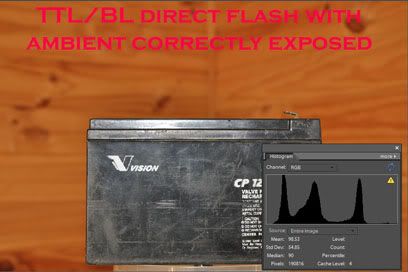
TTL on the other hand still thinks it is the only light source and fires too strong causing more blown highlights .

The conclusion of the matter ? If you are using direct flash with TTL/BL you are concentrating on the subject at a set distance and have to expose for the background with your normal camera settings , with direct flash and TTL on the other hand it all depends on how big your subject is in the centre of the frame , the subject colour , the background colour behind the subject in the centre of the frame that it meters from , the distance form the background that is having an effect on the metering .......
I choose TTL/BL and the advantage of the distance info from the lens with direct flash .Choose whichever you want - just understand how it works . [ and shoot manual flash when possible :smile: ] .


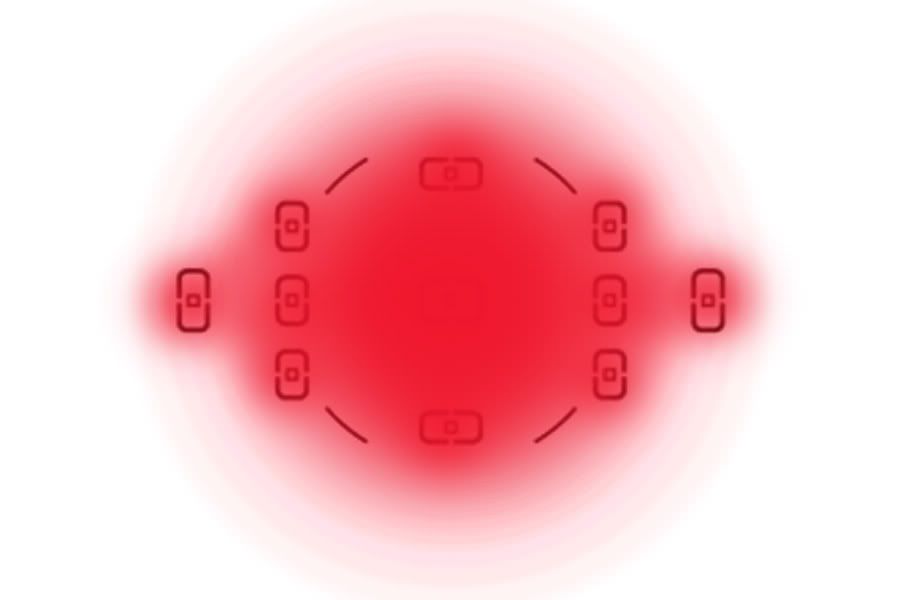
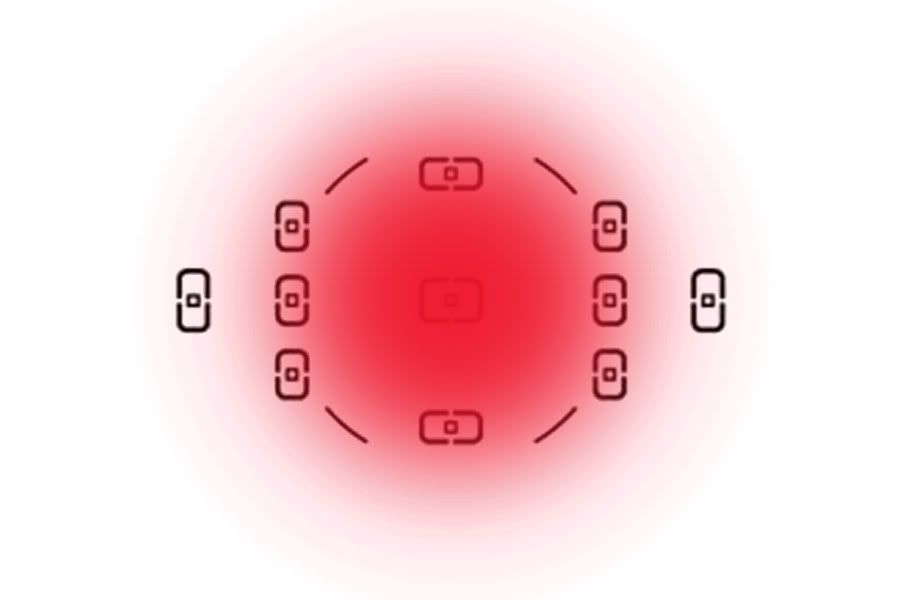
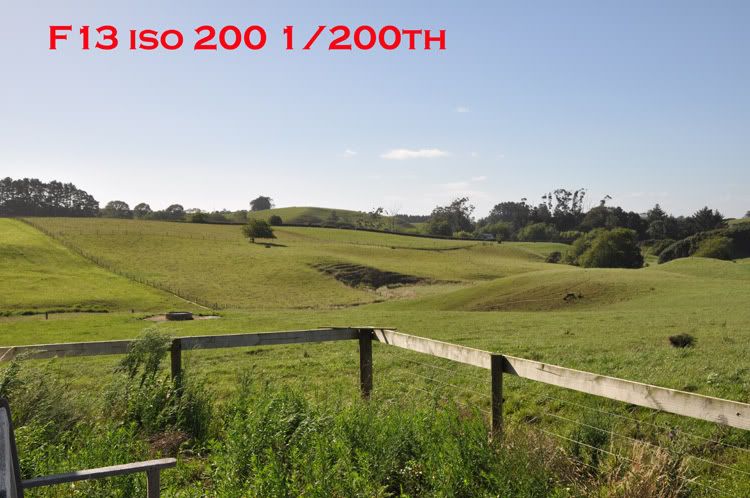
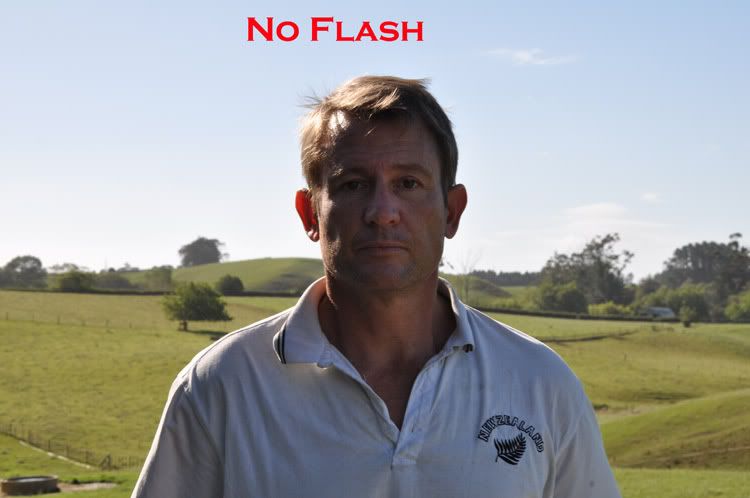
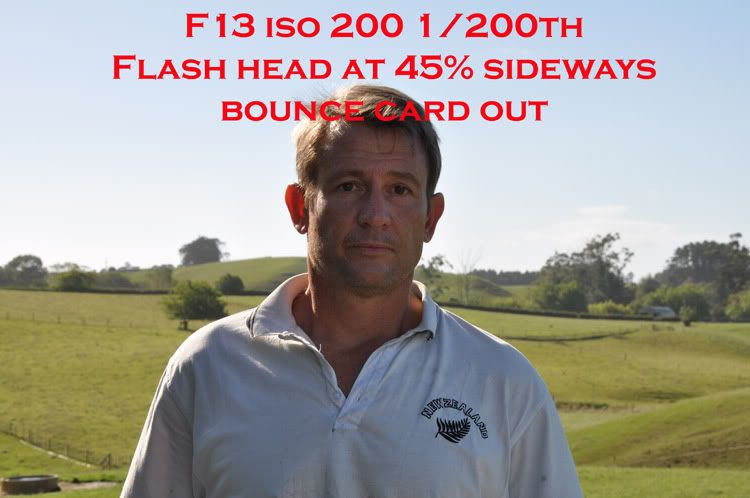




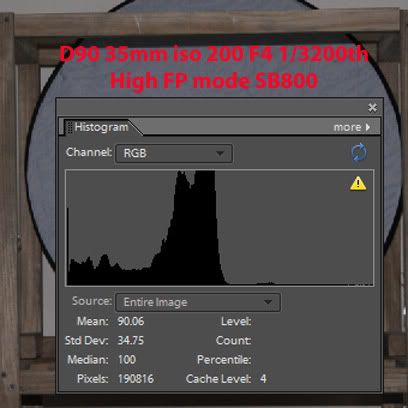
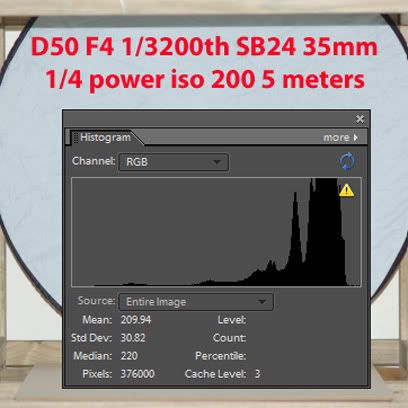
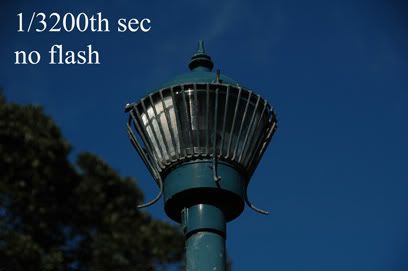
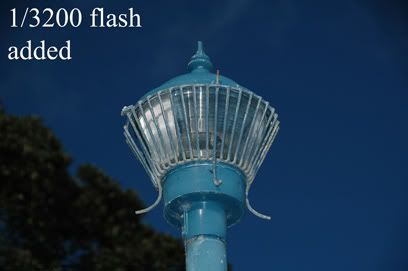
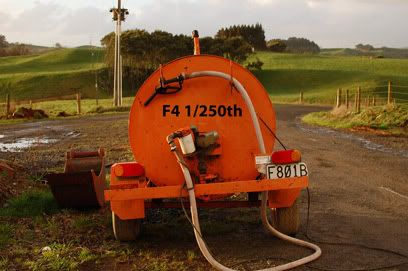
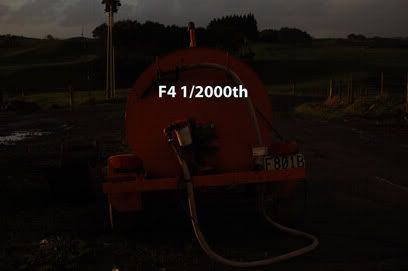















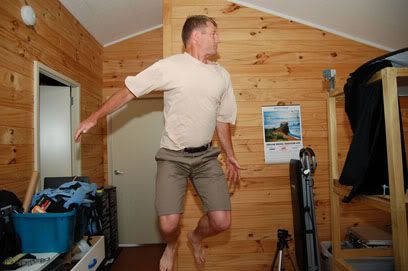
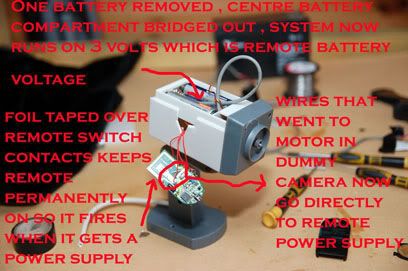
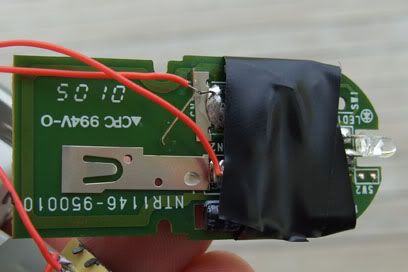
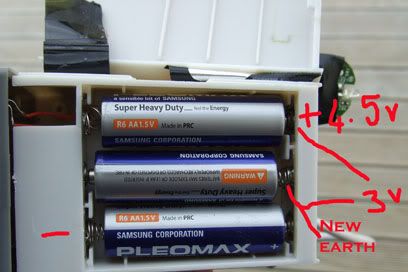 I'll provide an update when my new door sensor arrives and hopefully will have something that works a little better in direct sunlight and has a better range .
I'll provide an update when my new door sensor arrives and hopefully will have something that works a little better in direct sunlight and has a better range .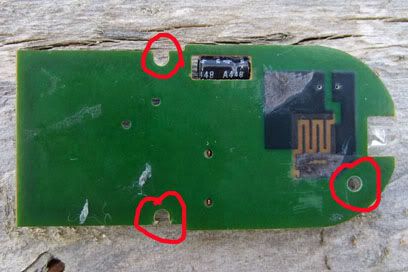 Now you can just cut away a small section of the cover to get to the screws and open the remote and solder two wires to the battery supply - of course you don't re-fit your battery after doing this !
Now you can just cut away a small section of the cover to get to the screws and open the remote and solder two wires to the battery supply - of course you don't re-fit your battery after doing this !